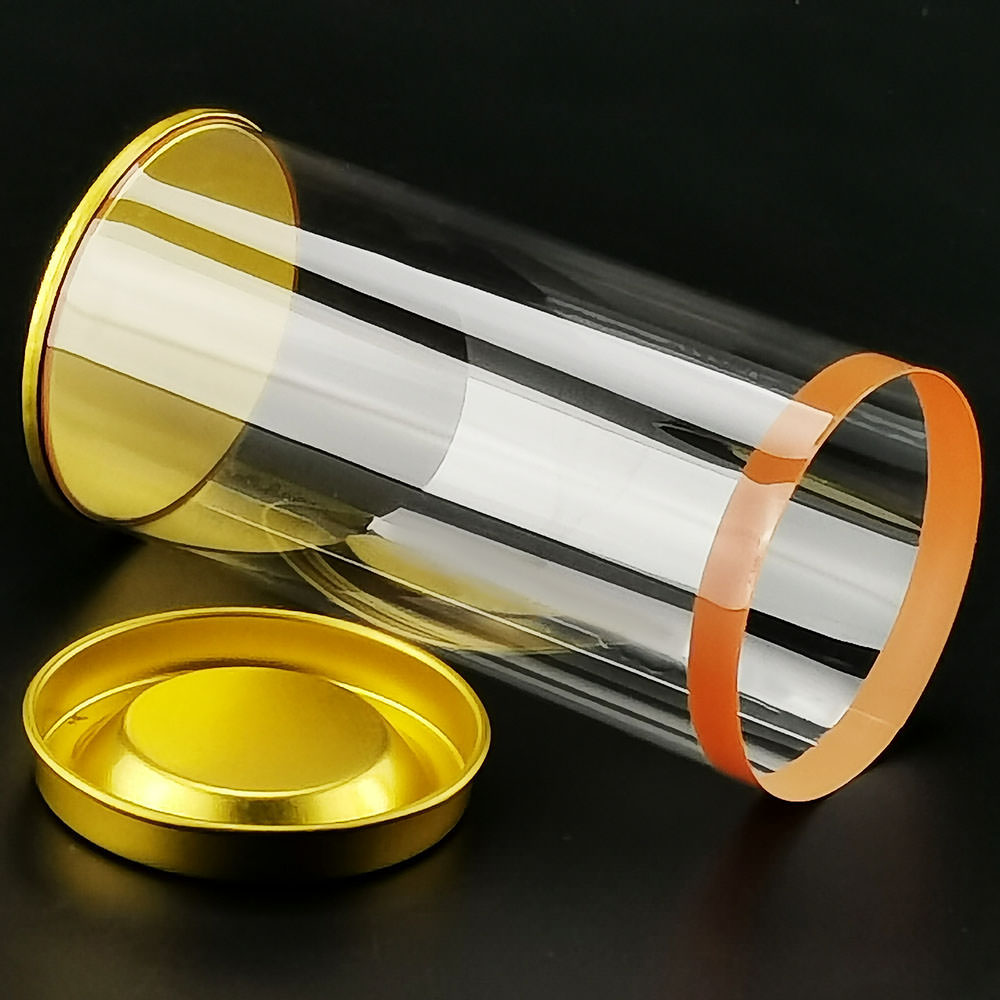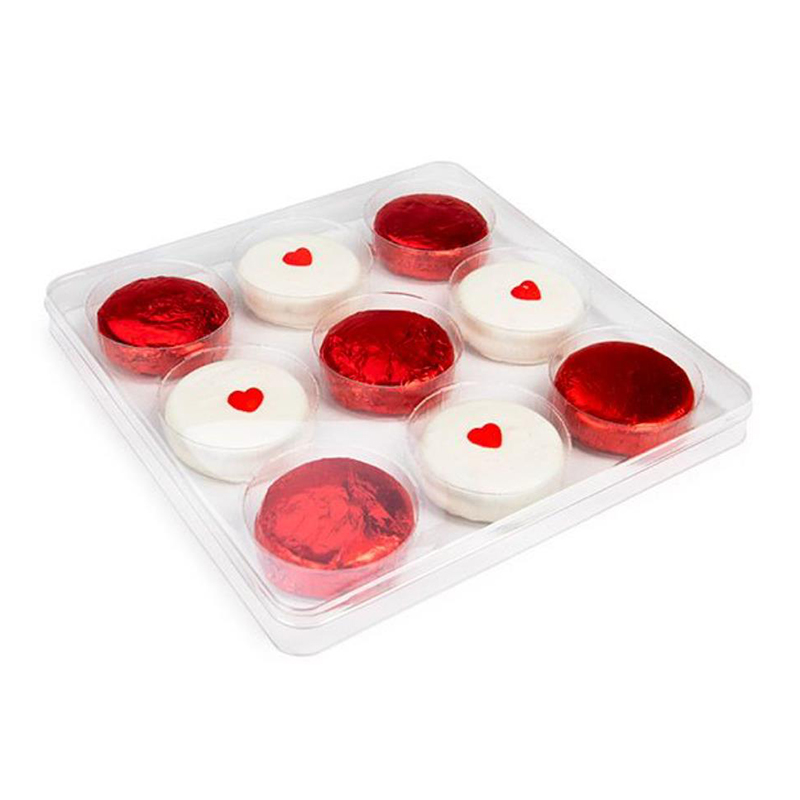When heating ingredients in the microwave, many people use plastic containers such as transparent storage containers. However, not all types of plastic are suitable for this purpose. This article will explore the types of containers that can be used in the microwave and how to identify them.
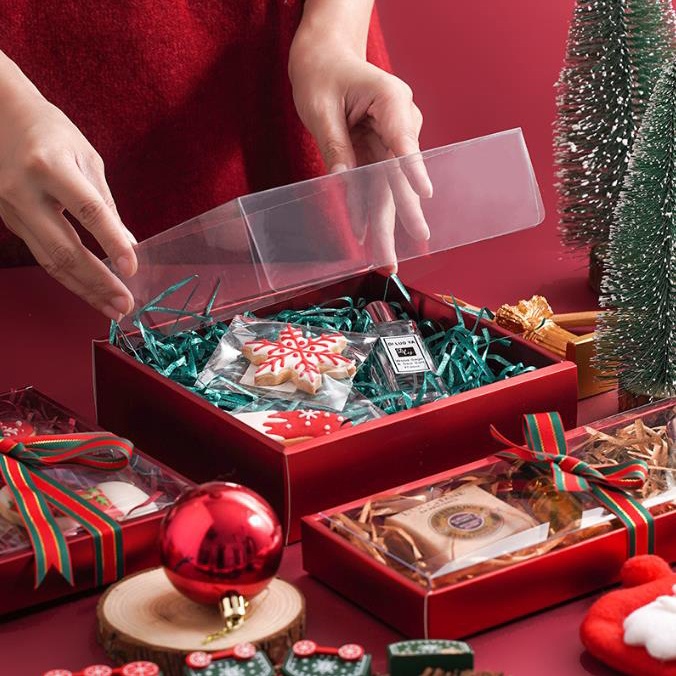
Table of Contents
- Are They Suitable for Microwave Use? Heat Resistance of Different Plastic Materials
- Microwave-Safe and Not Microwave-Safe Containers
- Using Heat-Resistant Glass Bowls for Easy Microwave Pasta Cooking
- Preventing Overflow in Steam Oven Microwaves
- Are They Suitable for Microwave Use? Heat Resistance of Different Plastic Materials
- Placing Lotus Root and Carrots in Plastic Containers
Are They Suitable for Microwave Use? Heat Resistance of Different Plastic Materials
Common plastic materials used in food containers include PP (polypropylene) and PS (polystyrene). PP has high heat resistance, and plastics with a heat resistance temperature of 140°C or higher can be used in the microwave. Due to its strength, impact resistance, and high recyclability, PP is widely used in food trays, convenience store bento boxes, and has a broad application range.
On the other hand, PS is lightweight and rigid but has poor heat resistance, making it generally unsuitable for microwave use.

How to Confirm Microwave-Safe Plastic Containers
If uncertain, check the bottom of the container!
If you are unsure whether a container can be used in the microwave, check the bottom of the container. If it indicates a heat resistance temperature of 140°C or higher, it can be used in the microwave. Additionally, if the cold resistance temperature is below -18°C, it can be used for freezing, so pay attention to the cold resistance if you plan to use the plastic container for freezing.
Be cautious with the "lids" of plastic containers, as some may not be heat-resistant!
Microwave Oven Display Screen
Transparent storage containers and similar plastic containers sometimes come with soft lids on hard containers. If the material of the container body and the lid is different, and the lid lacks heat resistance, the product may not be suitable for the microwave. In such cases, the bottom of the container or the lid usually indicates their respective heat resistance temperatures. If the body's heat resistance temperature is 140°C while the lid's heat resistance temperature is 80°C, remove the lid, wrap it in plastic wrap, and then microwave. Heating a lid without heat resistance in the microwave may cause deformation.

Microwave-Safe and Not Microwave-Safe Containers
Aside from plastic, there are other containers that may or may not be suitable for microwave use based on material and decoration. Additionally, the distinction between "microwave-safe" and "not microwave-safe" containers may vary depending on the microwave's heating method, so refer to the user manual for guidance.
Microwave-Safe Containers
Below are scenarios where tube packaging with clear lids can be used in the microwave:
- Heat-resistant plastic and silicone containers with a heat resistance temperature of 140°C or higher
- However, these containers may not be suitable for foods rich in fats or sugars due to higher temperatures. Sealed lids or bags should also not be used.
- Pottery and ceramics
- However, decorated, cracked, or patterned vessels may be damaged or even spark, so caution is advised.
- Heat-resistant glass
- When making high-temperature dishes, use containers made of heat-resistant glass to prevent rapid heating and cooling.
Each container should be labeled with "Microwave-Safe." However, if heat resistance is not confirmed, avoid microwaving.
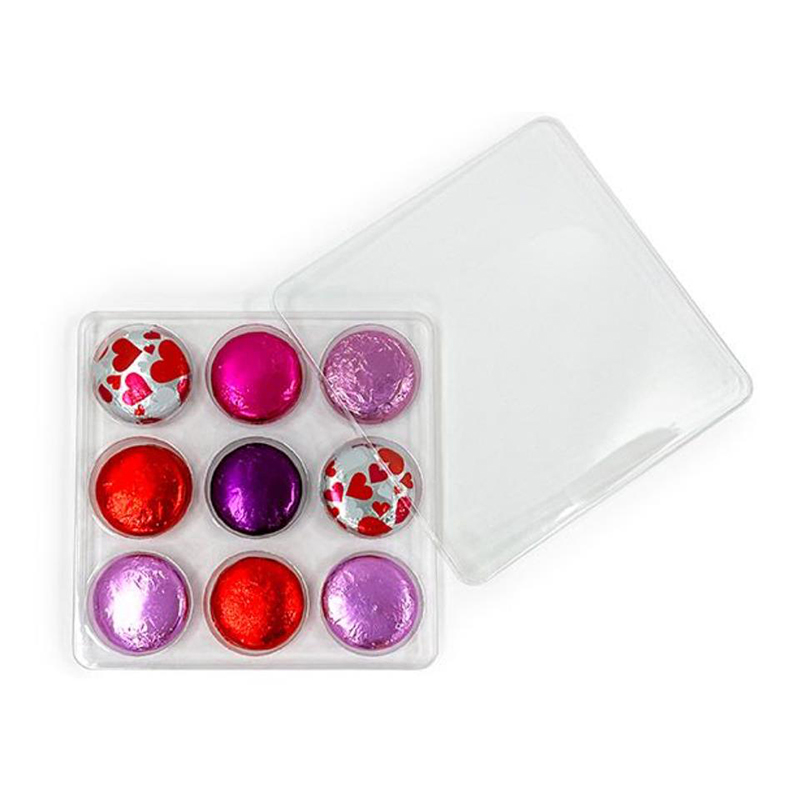
Not Microwave-Safe Containers
Containers that should not be used in the microwave include:
- Cup with a lid
- Glasses that are not heat-resistant
- Plastic and silicone containers, cling film, with a heat resistance temperature below 140°C
- These may melt or deform at high temperatures. Materials like polyethylene and beeswax can deteriorate under electromagnetic wave action.
- Lacquerware
- Due to the risk of peeling, cracking, or burning, lacquerware should not be used.
- Metal (aluminum, enamel, etc.)
- Metal pots or containers, metal meshes or strings, and items containing metal should not be used.
- Paper products, wooden containers
- Products with wire may be more prone to burning. Baking paper treated for heat resistance can be used according to the instructions on the packaging.
In addition, items with unknown container materials or unreadable bottom markings should be avoided for safety reasons.
Using Heat-Resistant Glass Bowls for Easy Microwave Pasta Cooking
If you are using a microwave oven with the "High Precision 64 Eye Speed Sensor," you can easily prepare various dishes using heat-resistant glass bowls. Simply place the prepared ingredients in the heat-resistant glass bowl, heat it in the microwave, and enjoy dishes like microwave pasta, creamy stews, and more. No need to worry about adjusting heat and timing; you can easily cook main dishes, side dishes, and soups.
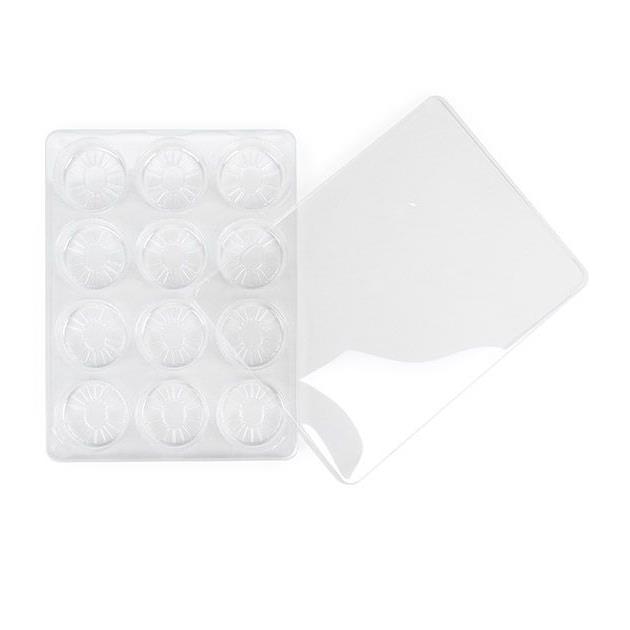
Preventing Overflow in Steam Oven Microwaves
In steam oven microwaves equipped with the "High Precision 64 Eye Speed Sensor" (image for reference only, the cavity does not emit light), you can easily create various dishes such as microwave pasta, stews, and one-bowl menus. The essential "thick texture" for Chinese and French cuisine is achieved by preventing sticking through high-speed 0.1-second sensing and suppressing overflow during boiling※1. Bistro adjusts the appropriate temperature and heating time based on the amount of ingredients, so you can easily cook everything from main dishes to side dishes and soups without worrying about heat and time.
Ingredients can be evenly heated, and even authentic grilled meat dishes can be easily completed!
For crispy and juicy, delicious grilled meat, purchase the "Heating Baking Tray" from Panasonic's official online store.
Заключение
When using a microwave oven, use containers that are heat-resistant and suitable for microwave use. If you have a Bistro steam oven microwave, you can easily thaw, heat, and cook food. There are many quick recipes to choose from, so why not try various dishes?
Сопутствующие товары






















